Suborder Serpentes Scientific name Pseudonaja Phylum Chordata Order Scaled reptiles | Subphylum Vertebrata Higher classification Elapidae Rank Genus | |
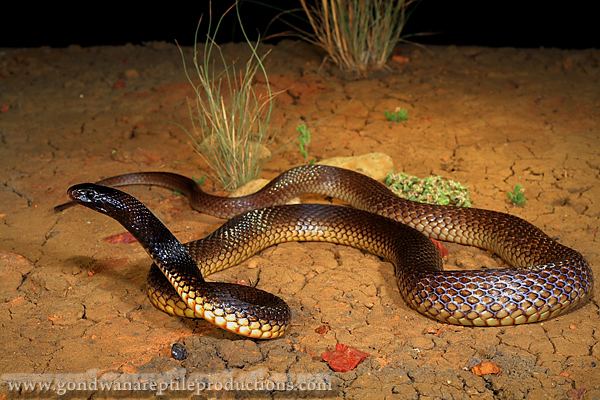 | ||
Lower classifications Eastern brown snake, Pseudonaja nuchalis, Dugite | ||
Don t chase brown snakes pseudonaja nuchalis
Pseudonaja is a genus of venomous elapid snakes native to Australia. Species of this genus are known commonly as brown snakes and are considered to be some of the most dangerous snakes in the country; even young snakes are capable of delivering a fatal envenomation to a human.
Contents
- Don t chase brown snakes pseudonaja nuchalis
- Eastern brown snake pseudonaja textilis
- Species
- Toxicity
- References
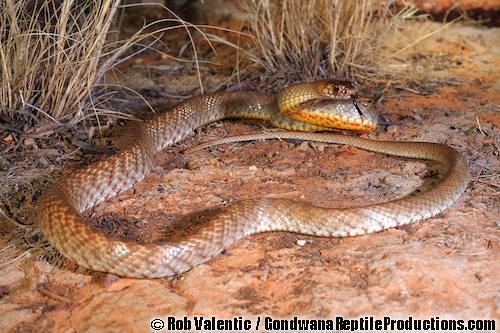
Despite its common name, the king brown snake (Pseudechis australis) is not a brown snake, but a member of the genus Pseudechis, commonly known as black snakes.

Eastern brown snake pseudonaja textilis
Species
The following species and subspecies are recognized.
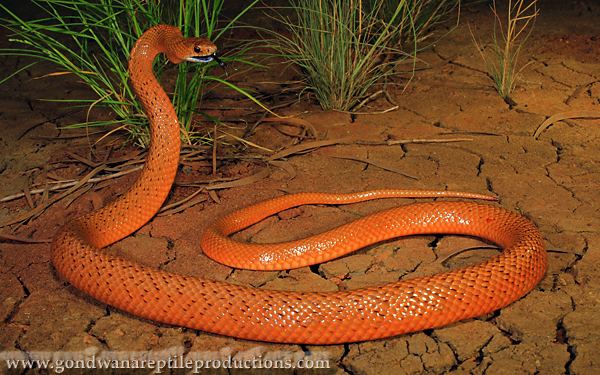
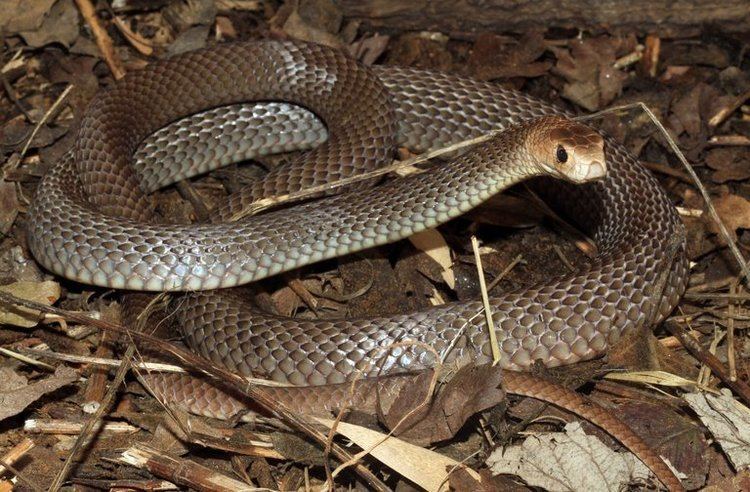
Nota bene: A binomial authority in parentheses indicates that the species was originally described in a genus other than Pseudonaja.
Toxicity

Brown snakes are easily alarmed and may bite if approached closely, handled, or threatened. Sudden, early collapse is often a feature of brown snake envenomation. A prominent effect of envenomation is venom-induced consumption coagulopathy and this can lead to death. Renal damage may also rarely occur.
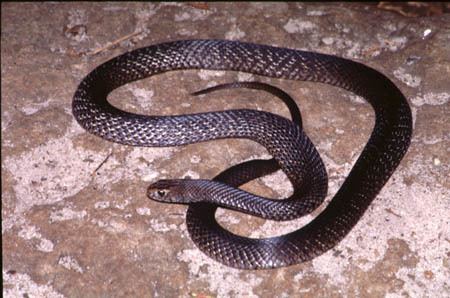
Other clinical signs include: abdominal pain, breathing and swallowing difficulty, convulsions, ptosis, hemolysis, hypotension from depression of myocardial contractility, and renal failure. Notably rhabdomyolysis is not a feature of envenomation by brown snakes.
The eastern brown snake (Pseudonaja textilis) is the most toxic member of the genus and is considered by some to be the second most toxic land snake in the world, after the inland taipan (which is also found in Australia). The western brown snake is the tenth most venomous snake in the world.
Brown snakes can easily harm animals and livestock as well.
The venom fangs of snakes of the genus Pseudonaja are very short, and the average yield of venom per bite is relatively low — for P. textilis, P. nuchalis, and P. affinis, about 4 to 6.5 mg dry weight of venom. Therefore, most of the bites end up without serious medical consequences. Despite its toxicity the smallest Pseudonaja, P. modesta, can even be considered harmless. Bites by the bigger species of Pseudonaja, especially P. textilis and P. nuchalis, are known for causing serious toxicosis and fatalities.
